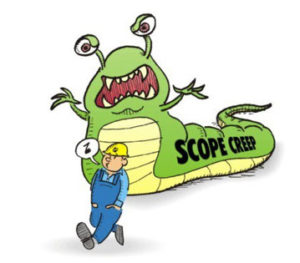Actiss Italia, as part of its activities, supports companies in obtaining public aid for their investments. Here are some examples of national and regional grants to help foreign entrepreneurs entering Italy.
National grants
Development contracts: these contracts support large-scale investments in the industrial, tourism and environmental sectors, through the cumulative intervention of non-repayable grants and subsidized loans. The percentage of the contribution and of the funding is mainly due to the size of the company that proposes the project. The minimum total investment required is 20 million euros. For the processing and marketing of agricultural products, the minimum investment threshold is reduced to 7.5 million euros. Investment projects involving disadvantaged areas of the national territory are prioritized
Regional grants (examples)
The settlement contract (Piedmont region): this tool is aimed at encouraging new settlements or expansions of production plants, research centers and service centers by companies with foreign parent companies, which generate new qualified employment with the creation of at least 15 places working staff. Minimum investment required: 2 million euros.
Beneficiaries are large companies with foreign control who intend to invest in Piedmont generating a significant employment impact, also in collaboration with research organizations and / or SMEs. Large companies can be financed for initial investments, in terms of community legislation, only in the specific areas of the regional territory.
Digital investments (Emilia-Romagna region): The Emilia-Romagna region closed September 30th a call for grants, including large-scale grants, to promote investments in one of the following areas, and with the creation of new jobs
- Big Data for Business;
- Internet of Things;
- Artificial intelligence;
- Virtual and augmented reality
In order to increase the attraction for foreign companies, other calls are being prepared for the two-year period 2018/19.










